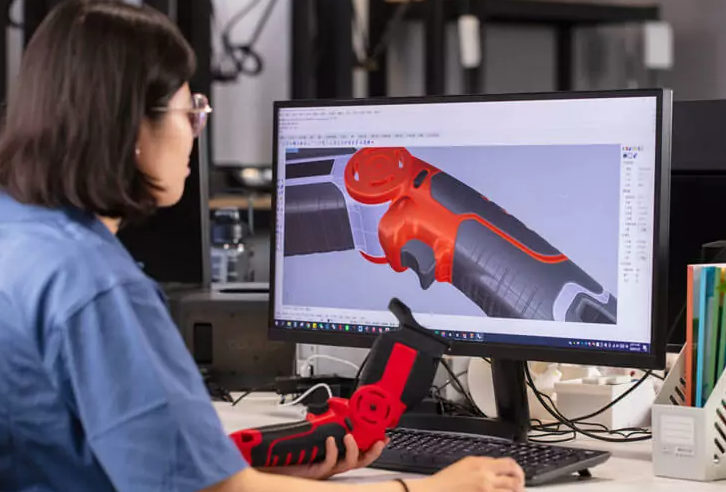In the ever-evolving world of 3d printing price, innovation, and affordability are key. As of 2023, 3D printing technology has advanced significantly, making it accessible to a broader audience. Whether you’re a seasoned enthusiast or just dipping your toes into the world of DIY projects, we’ll unveil the secrets to help you reduce 3D printing costs and supercharge your creative endeavors.
The 3D Printing Revolution
3D printing has come a long way, transforming from a niche hobby into a versatile tool used across various industries. It empowers individuals to bring their imaginative ideas to life. However, some might find the cost of materials and equipment a hindrance to their creative pursuits.
Understanding the Cost Structure
Before diving into cost-saving strategies, it’s essential to grasp the elements that contribute to 3D printing expenses:
- Filament and Resin: The type and quality of filament or resin you use significantly affect costs.
- Printer Hardware: The initial investment and maintenance costs of your 3D printer.
- Energy Consumption: Electricity and associated utility costs.
- Design and Slicing Software: Licensing fees for design software and slicers.
- Post-Processing: Expenses related to finishing, painting, or assembling 3D-printed objects.
Secrets to Slashing 3D Printing Prices
Now, let’s explore some insider tips to reduce the financial burden of 3D printing without compromising on the quality of your creations:
- Optimize Print Settings: Adjusting print parameters, such as layer height, infill, and print speed, can significantly reduce material consumption, ultimately lowering costs.
- Material Choices: Experiment with different filaments and resins to find affordable yet reliable options. Many budget-friendly materials offer excellent results.
- DIY Printer Upgrades: Enhance your 3D printer’s capabilities through DIY upgrades, which can be cost-effective and improve overall performance.
- Energy-Efficient Practices: Reduce energy consumption by optimizing print schedules and using energy-saving settings on your 3D printer.
- Open Source Software: Utilize open-source design and slicing software, which often comes with no licensing costs.
- Bulk Purchasing: Buy materials in bulk to benefit from discounts and reduce the long-term cost per print.
- Recycling and Upcycling: Consider recycling or upcycling failed prints and support structures to save on materials.
Supercharging Your DIY Projects
With these cost-saving strategies, you can now channel your saved funds into enhancing your DIY projects. 3D printing offers endless opportunities for creativity, allowing you to:
- Expand Your Repertoire: With reduced costs, you can experiment with a wider range of projects and explore new horizons in 3D printing.
- Invest in Quality: Allocate your budget towards high-quality filaments and resins for remarkable prints that stand out.
- Monetize Your Creations: Turn your passion for 3D printing into a profitable venture by selling your unique creations online.
- Collaborate and Learn: Connect with fellow enthusiasts, share your knowledge, and learn from others in the 3D printing community.
Conclusion
In 2023, you no longer need deep pockets to pursue your 3d printing price dreams. By implementing these cost-cutting strategies, you can unlock the full potential of 3D printing without breaking the bank. Embrace the 3D printing revolution, and let your creativity flourish.






